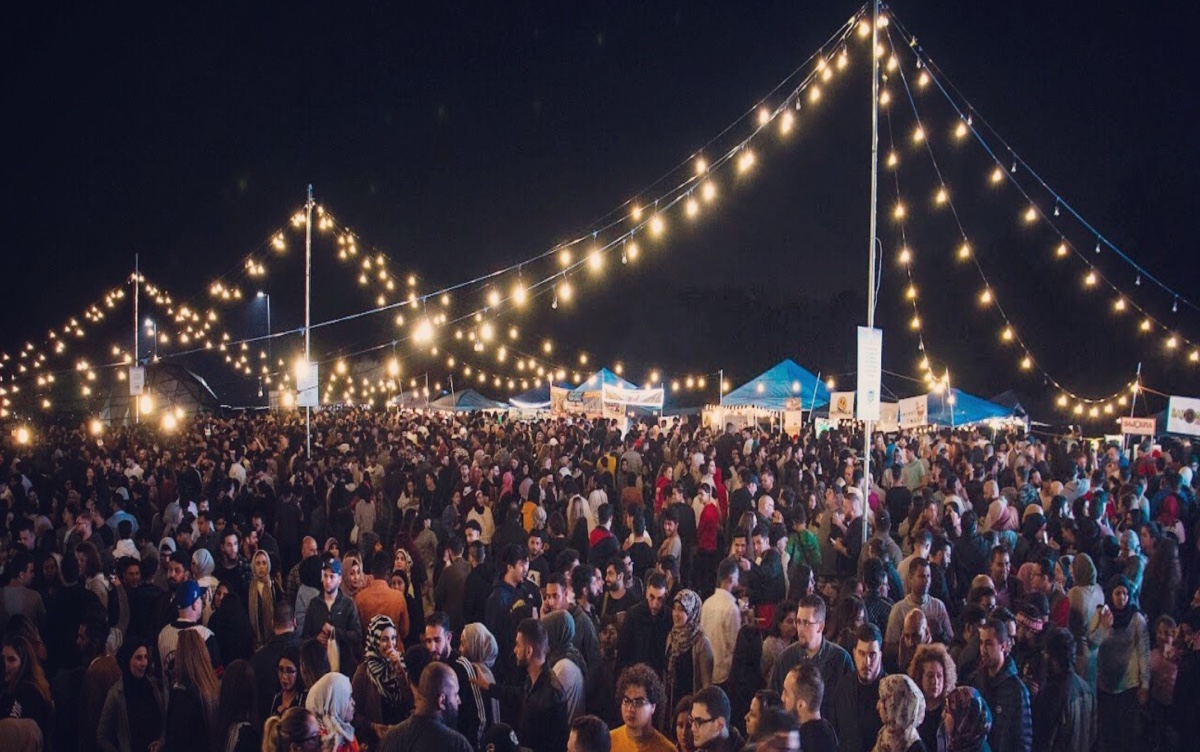Cairo Massacre
‘We didn’t have space in the fridges for all the bodies’
As the death toll rises, a report from Cairo’s main mortuary after the police massacre of pro-Mursi supporters
By Patrick Kingsley in Cairo
 |
| President’s Mursi’s supporters protest. |
The sand-filled forecourt outside the Zeinhom morgue, Cairo’s main mortuary, was a carousel of coffins. From the left-hand door, out came families carrying dead relatives to their funerals, stray dogs sniffing at their heels. Through the door on the right, in went still more bodies for their autopsies. By the end of Sunday, officials had assessed 82 corpses, as the death toll from Saturday’s police massacre of pro-Mursi supporters kept rising.
So too did the mourners’ feelings of isolation. “If this was animals being killed, people would care,†said one of those outside the morgue, lawyer Islam Taher, alluding to the indifference of mainstream Egyptian opinion to the death of Mursi supporters. “But because it’s us, they don’t.â€
On Friday 28 June, Taher had pitched camp with his childhood friend Mohamed Fahmy, a 28-year-old unemployed commerce graduate from a small village in eastern Egypt, at the Rabaa Adawiya sit-in in east Cairo, near where Saturday’s massacre took place. On Sunday, exactly a month later, both arrived together at the the Zeinhom morgue – but this time Fahmy was dead in a battered brown coffin, shot through his right temple by a police marksman, after a night-time pro-Mursi march on Saturday morning turned into a massacre.
“Suddenly, he had a bullet through the front of his head, and a hole out the other side,†said Taher, holding out a picture taken on his phone of a brain-dead Fahmy breathing his last hours earlier. “He didn’t have any weapons. He just had his bare chest.â€
State officials said Saturday’s deaths took place after pro-Mursi protesters fired first – and even claimed that police only used teargas to disperse them. But protesters told of a state-initiated bloodbath and a subsequent cover-up. “We asked them to record his death as a murder by police,†said Ashraf Mamdouh, loading the body of his brother-in-law, Hegazy Zakaria, into a van that would take him to his funeral in a village outside Cairo. “But they forced us to accuse anonymous sources.â€
Inside the morgue, the scene had been one of mayhem. “We didn’t have enough places in the fridges to fit all the bodies,†said Dr Hazem Hossam, an official at Zeinhom.
“We had to do autopsies on the floor. At some points we had to ask families to help us with the process. It was chaos.â€
Five miles away at Rabaa al-Adawiya – the ground-zero of pro-Mursi support over the last month, the Islamist equivalent of Tahrir Square – protesters said the attack had strengthened their resolve. Some built several rows of additional dry-stone walls to protect the site, others stacked sandbags six-foot-high. Bridging the gap between two barricades was an unlikely orange Volkswagen beetle. “No one’s going anywhere,†said Abdel-Rahman Daour, one of several spokespeople at Rabaa. “We either have freedom or we die. We’re not going to live in a country without freedom.â€
Tens of thousands of pro-Mursi supporters have camped outside the Rabaa al-Adawiya mosque since late June, when Mursi’s overthrow began to seem likely. Egypt’s interior minister has made it clear that he intends to clear Rabaa as soon as possible, and Saturday’s nearby massacre was considered an attempt to intimidate the protesters into leaving. Hundreds of thousands of anti-Mursi protesters also turned out on Friday to support a call by Egypt’s army chief, Abdel Fatah al-Sisi, for a crackdown on what he called terrorists – a move sceptics saw as a veiled threat to protesters at Rabaa.
But Daour equated the defiant mentality inside Rabaa to that of protesters in Tahrir Square during the 2011 uprising that toppled Hosni Mubarak. While Mursi’s Brotherhood diverged from – and frequently condemned – secular-minded revolutionaries following the uprising, they were present in Tahrir before Mubarak’s resignation. “Just we stood firm and protected Tahrir Square after the Camel Battle in 2011, we will protect Rabaa now,†Daour said. “We will have protests overnight and there are ongoing funerals today.â€
Khalil al-Anani, an expert on political Islam familiar with the thinking of the Brotherhood’s leadership, said that the Rabaa massacre would make Mursi supporters even more determined to stay on the streets until they received assurances about Islamists’ long-term safety. “What happened in Rabaa to some extent will change the equation to make them seek more guarantees that things will not go back to the Mubarak era,†said al-Anani, an academic from Durham University, currently based in Cairo.
“What I’ve heard is that they are willing negotiate everything – but with guarantees. And my analysis is that the only guarantee they can trust is that will able to share power, because that is the only way they feel they can avoid a crackdown. They cannot leave without taking assurances that they will not be arrested [when they go home].â€
Following Saturday’s shootings, members of the international community expressed concerns about Egypt’s current predicament. EU foreign policy chief Catherine Ashton said she “deeply deplores†Saturday’s deaths, while a senior representative of Human Rights Watch said the killings connoted a “criminal disregard†for human life.
US secretary of state John Kerry also released a statement noting his “deep concern about the bloodshed and violenceâ€. But for lawyer Islam Taher, bristling at the US’s implicit support for Mursi’s removal, and mourning his friend Mohamed Fahmy outside the Zeinhom morgue, these words meant little. “He was just a man searching for a job, trying to earn enough to get married,†said Taher of Fahmy. “Trying to live as a human.â€
The Guardian
15-32











2013
908 views
views
0
comments